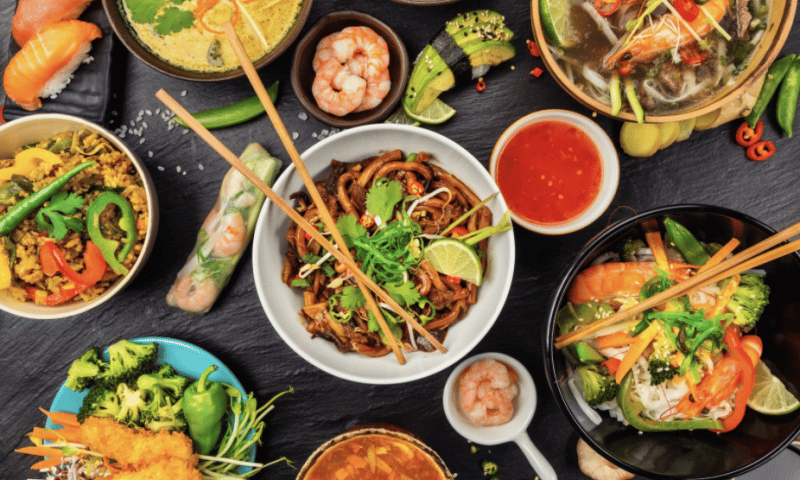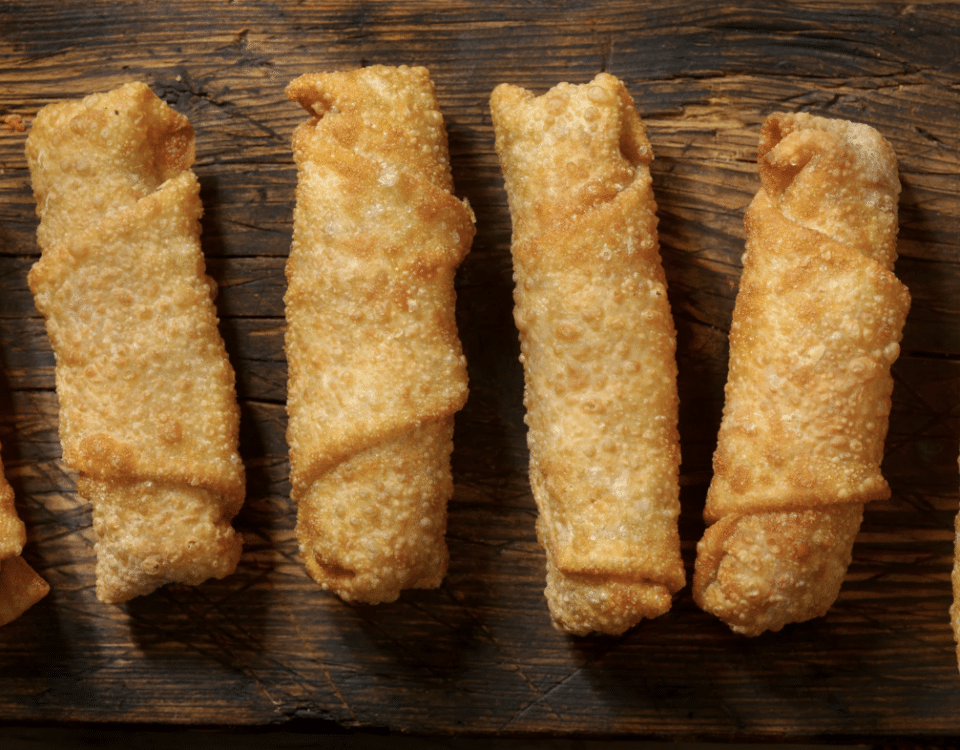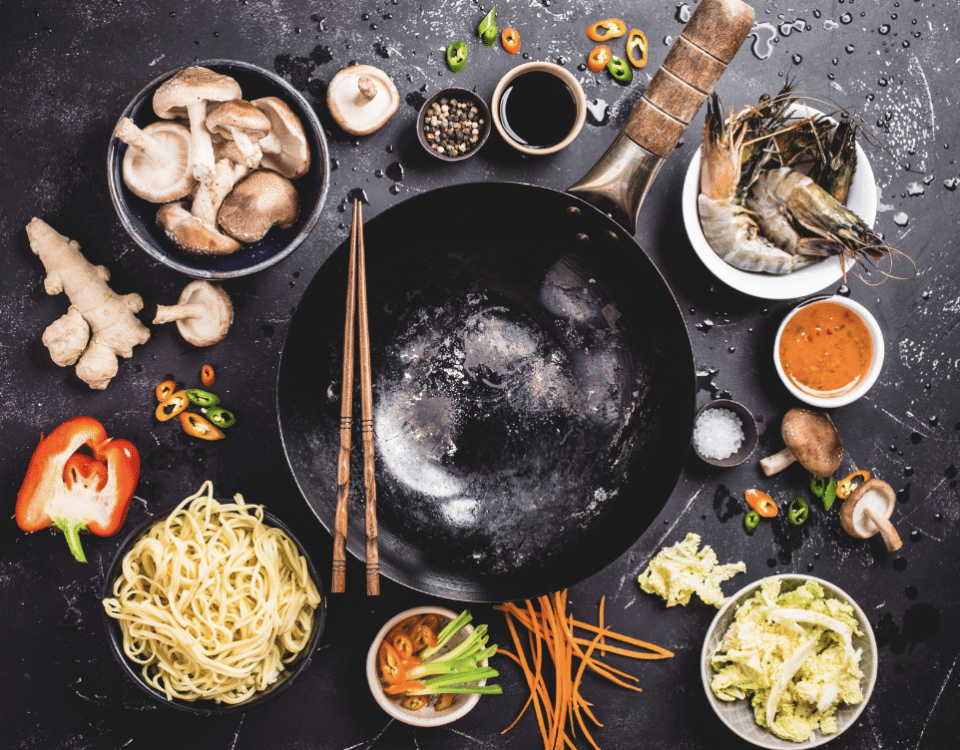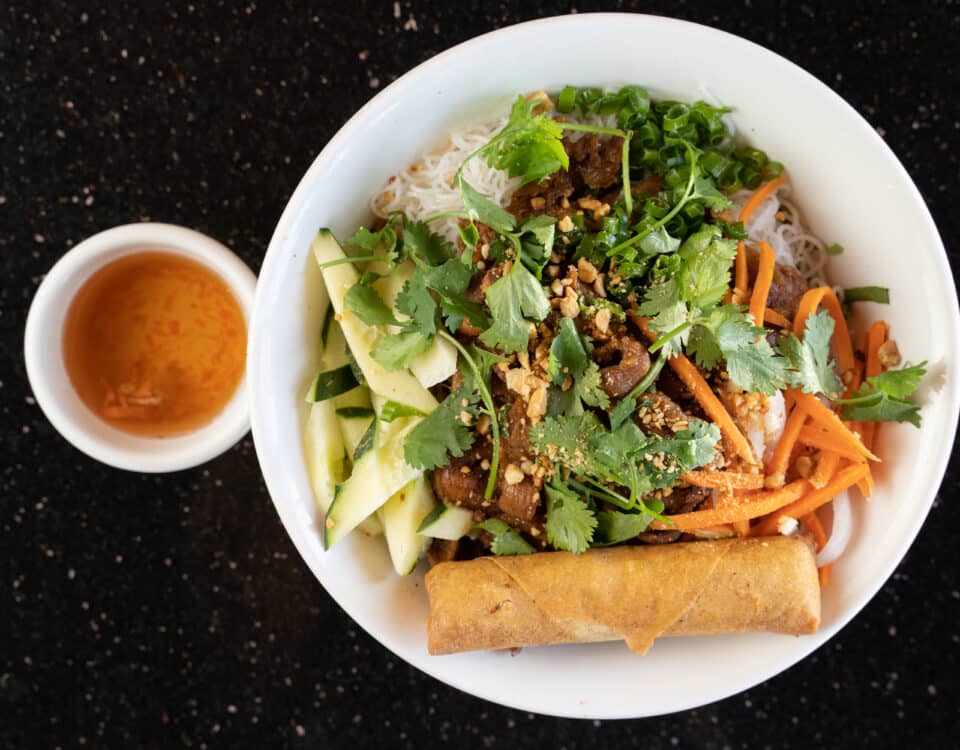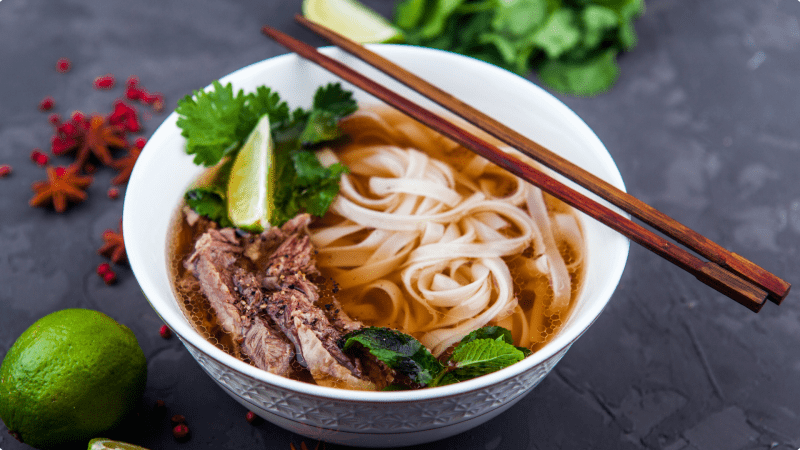
What Does Pho Taste Like?
June 11, 2021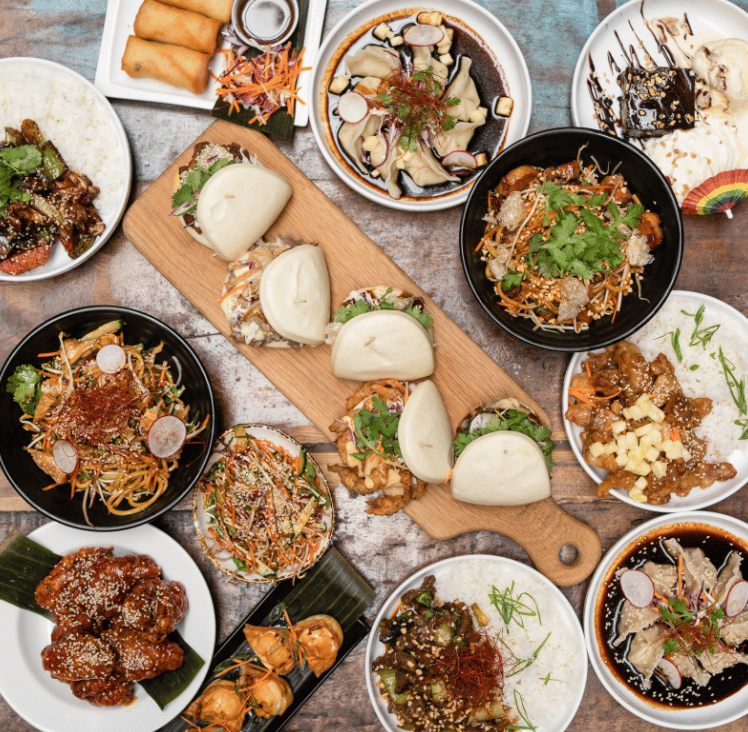
How We Define Asian Fusion
September 1, 2021It is said that Vietnamese food is probably the healthiest cuisine available, mostly because they use very little oil in their cooking and fresh ingredients. Learn more interesting things about Vietnamese food:
Vietnamese cooking is well known for using little oil
The most attractive thing about Vietnamese food is the fact that they use very little oil. You won’t find anything deep-fried or soaking in any sort of oil, as you will in American cuisine. Vietnamese cooking has traditionally relied on herbs like lemongrass, mint, coriander, and Thai basil leaves.
There are regional differences in Vietnamese cuisine
In terms of cooking, Vietnam is separated into three distinct regions: The north is known for providing soups like Vietnamese pho. In the central part, you will find a lot of smaller, less popular dishes that capitalize on a chef’s creativity. In the south, their food is very influenced by Thai cuisine, using heavier spices, and more dishes with rice, curries, and noodles served along with tropical fruits and vegetables.
Multiple sources of protein are used in the same dish
Dishes such as pho, rice, and stir fry will typically pull from two or three different sources of protein like beef, pork, chicken, fish, tofu, seafood, or vegetable-based meat substitutes in Vietnamese food.
Spring rolls are lighter on the palate than you think
In North America, spring rolls are Chinese-influenced. Chinese spring rolls (aka egg rolls) are much heavier, oilier, and usually made from wheat flour. Vietnamese spring rolls are made from rice flour, making them a lighter fare. Learn more about the difference here.
Spice is used sparingly in Vietnamese food
Though chefs certainly use some spices, they use herbs more often. Some of the southern Vietnamese foods with that Thai influence end up being the spiciest in the country’s cuisine. Fresh herbs in Vietnamese cuisine are important to creating healthy, flavorful dishes.
Vietnamese food changes according to the seasons
Just like we see sales come and go on certain products at the grocery store relying on the time of year, the same happens in Vietnamese cuisine. In summer, foods are very light and filled with seasonal vegetables. In winter, the meals tend to use more pork and beef and are heartier. However, Pho is served year-round in Vietnam.

